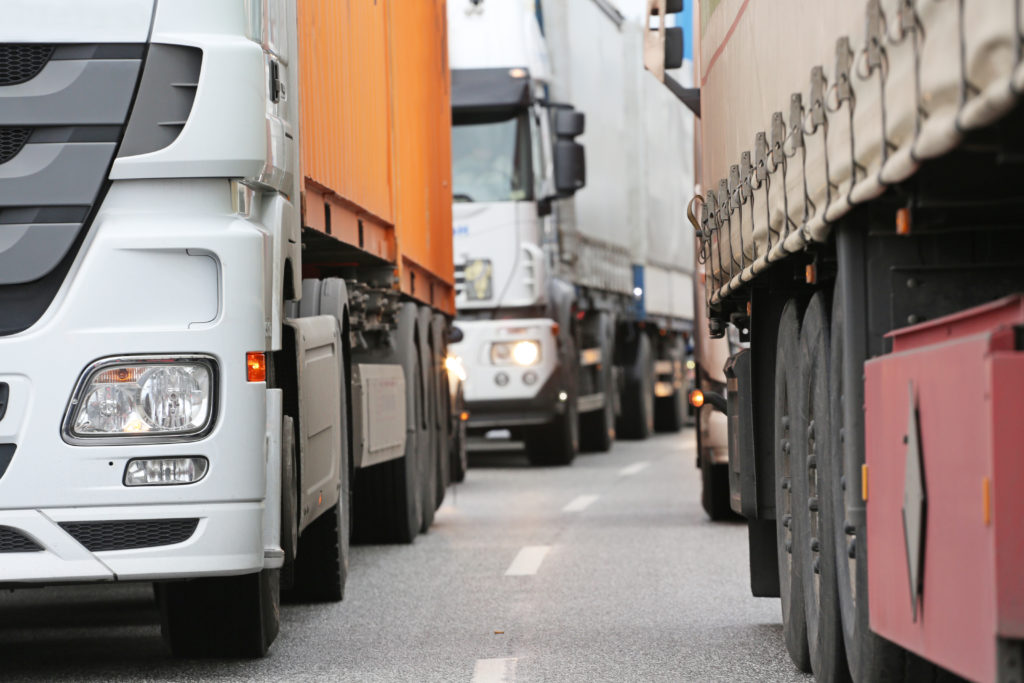
Due to the hit state revenue sources are facing from the COVID-19 pandemic, rural transportation is likely to have an overall funding deficit, according to The Road Information Program’s recent report.
The report, titled “Rural Connections: Challenges and Opportunities in America’s Heartland,” was released last month by TRIP, a nonprofit that focuses on transportation issue research and advocates for safety-centric policies for road travel.
The report explains a current $211 billion funding backlog for the country for necessary rural transportation system improvements and repairs.
Because road travel has declined so steeply in the wake of mandated shelter-in-place orders, state transportation sources of revenue have dwindled–namely tolls and fuel taxes. TRIP tweeted that transportation revenues were estimated to decrease by 30% ($50 billion) over the next 18 months because of low vehicle travel numbers.
According to TRIP’s executive director, Dave Kearby, the country’s fiscal wellbeing lies in the hands of rural transportation. “The health of the nation’s economy and the safety and quality of life in America’s small communities and rural areas ride on our rural transportation system” said Kearby. “The nation’s rural roads and bridges already faced a significant funding shortfall, and that will only be exacerbated by the looming reduction in state transportation revenues as a result of decreased vehicle travel due to the COVID-19 pandemic.”
In addition to state budgets becoming depleted, sales taxes have also fallen as stay-at-home ordinances continue, and income tax revenue will not be expected until summer or fall due to the federal government’s extension of the income tax deadline. States have also had to reduce services, raise taxes, and furlough workers.
These struggles are particularly challenging for rural regions. Rural areas were largely excluded from policy debates regarding all three federal relief packages, besides some funding discussions on rural health care. When the CARES Act allocated $150 billion to the states and $30 billion to localities, many localities had to go without the aid they needed. Of that $30 billion, funds are only dispersed to cities with populations of 500,000 people or more. Because of this, rural communities have been at an overall disadvantage in resource access, and have been ignored when applying for emergency funding.
The TRIP report, after analyzing infrastructure data from each state, showed that roads and bridges in rural areas continue to have many deficiencies. As of 2018, 13% of major rural roads received a classification of being in poor condition, 21% were rated as being mediocre, and another 16% were classified as just “fair.”
The following year, the report saw 8% of bridges rated as either poor or structurally deficient in rural communities, with bridges having to indicate weight restrictions or limited access for large vehicles, including emergency service vehicles, school buses, agriculture equipment, and commercial trucks. An additional 47% of rural bridges were classified as being in fair condition, which meant that they had developed minor deterioration on the substructure, superstructure, or deck.
In addition, traffic crashes and crash fatalities were reported to be disproportionately high on rural roads, with a rate of more than twice that of other roadways. Non-interstate rural roads had an overall traffic fatality rate of two deaths per 100 million vehicles miles traveled in 2018–the same rating was .88 deaths for every 100 million vehicle miles traveled on all other roads.
Rural routes made up only 22% of all vehicle miles traveled that year, although crashes on these roads contributed to 40% of America’s traffic fatalities.
According to the report, these accidents may be caused by narrow lanes and shoulders, sharp turns, and other difficult driving conditions that often occur on rural roads. Still, farmers, energy producers, and manufacturers rely on rural transportation networks for entrance and exit points within the supply chain.
“Unfortunately, due primarily to a lack of investment over several decades, America’s infrastructure is in a dire state of rapid deterioration, and recent events show even more the importance of guaranteeing [that] food arrives where it needs to be,” said American Farm Bureau Federation president, Zippy Duvall.
These routes offer staggering challenges, then, with 66 cities having no direct–or safe–access to the Interstate Highway System.
“You cannot stock grocery stores, resupply medical facilities, and rebuild our economy on the backs of broken roads and aging bridges,” said Stephen Sandherr, Associated General Contractors of America CEO.
Because of this, America’s annual $28 billion investment by all government levels in rural road and bridge projects should be boosted by another 28%, according to TRIP. TRIP also advocates for property federal surface transportation program funding, as the Fixing America’s Surface Transportation Act expires this fall.




